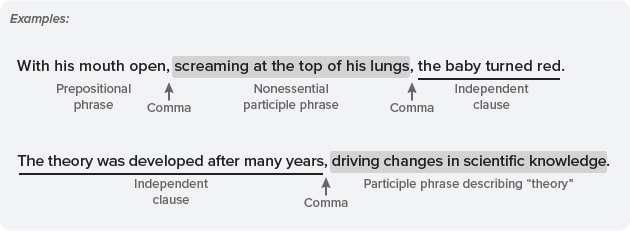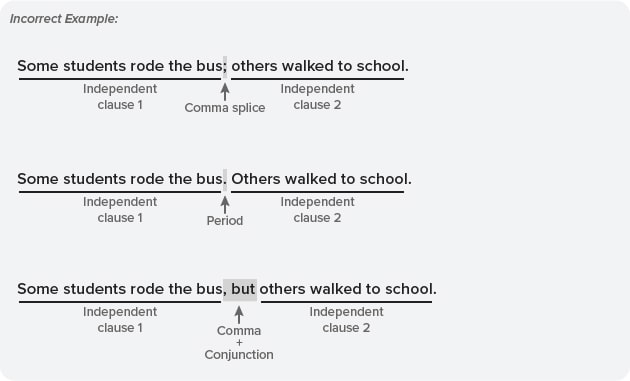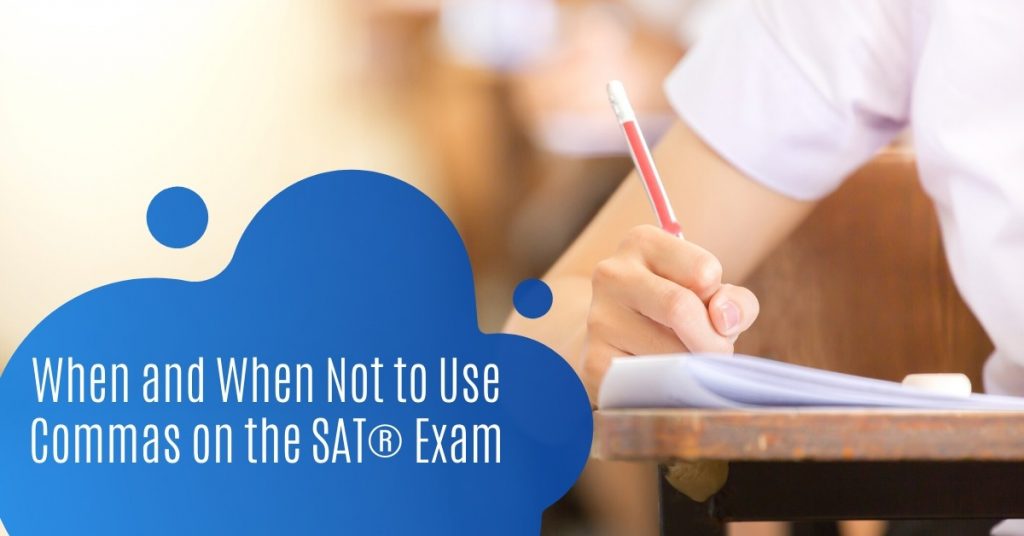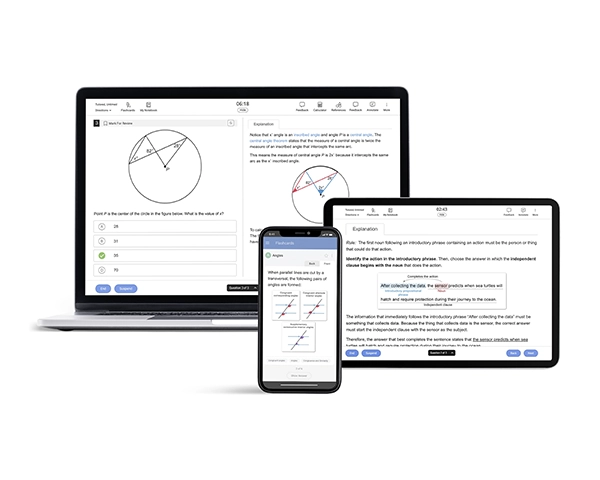Important SAT Update: Transition to Digital SAT
Effective December 3, 2023, the traditional paper-and-pencil format of the SAT has been discontinued. Starting in 2024, all students are required to take the Digital SAT, ushering in substantial changes in duration, format, material coverage, and question types. This shift to the Digital SAT represents a departure from traditional testing methods. It is crucial for students, educators, and test-takers to acquaint themselves with the new examination structure. Read more about the Digital SAT here.
Although commas are the most commonly correct punctuation mark on the SAT® exam, they aren’t always the right option.
Commas are used to separate certain participle phrases from the rest of the sentence. A participle is a -ing or -ed verb that functions as an adjective describing a noun (ex. the running boy or a used book).

Another clue that a comma is required is the phrase “such as.” When it comes right before a list, “such as” is preceded by a comma.

However, commas should NOT be used by themselves between two independent clauses (complete thoughts with subjects and main verbs); the result is an error called a comma splice.
Incorrect comma splice:

To correct a comma splice, use a semicolon, period, or comma and FANBOYS (for, and, nor, but, or, yet, and so) conjunction between the independent clauses.
Correct:

If you need more practice with when to place commas on the SAT, use the released tests provided by the College Board® or practice online with exam-like questions at websites like UWorld.




